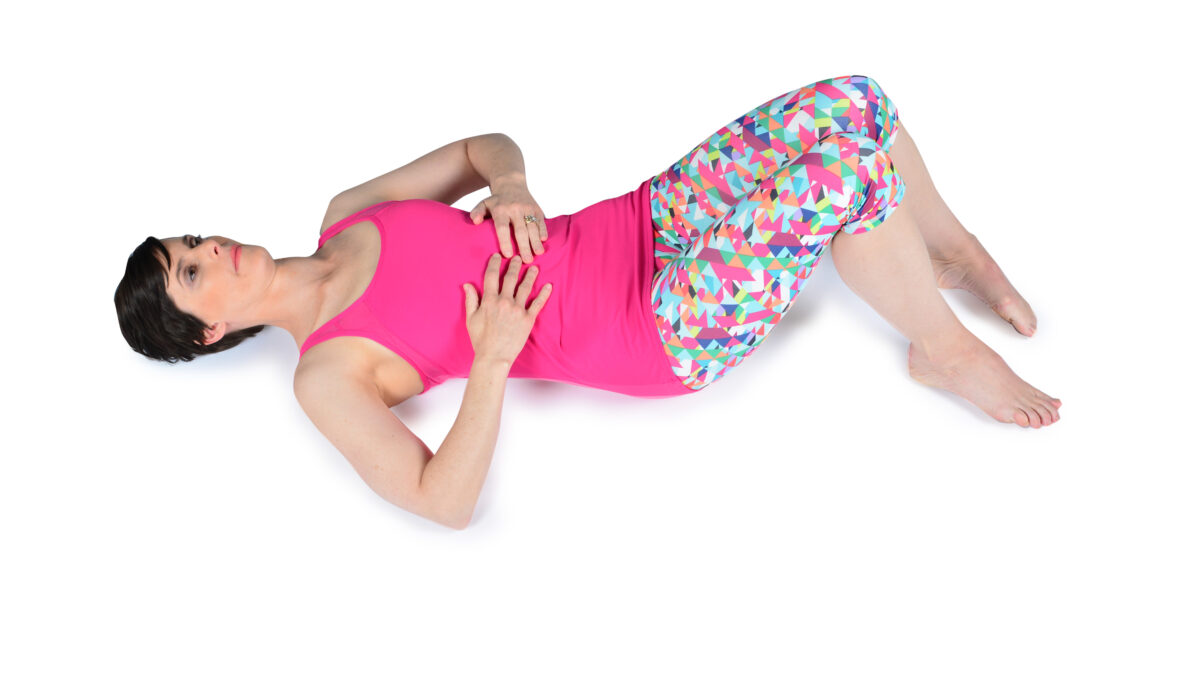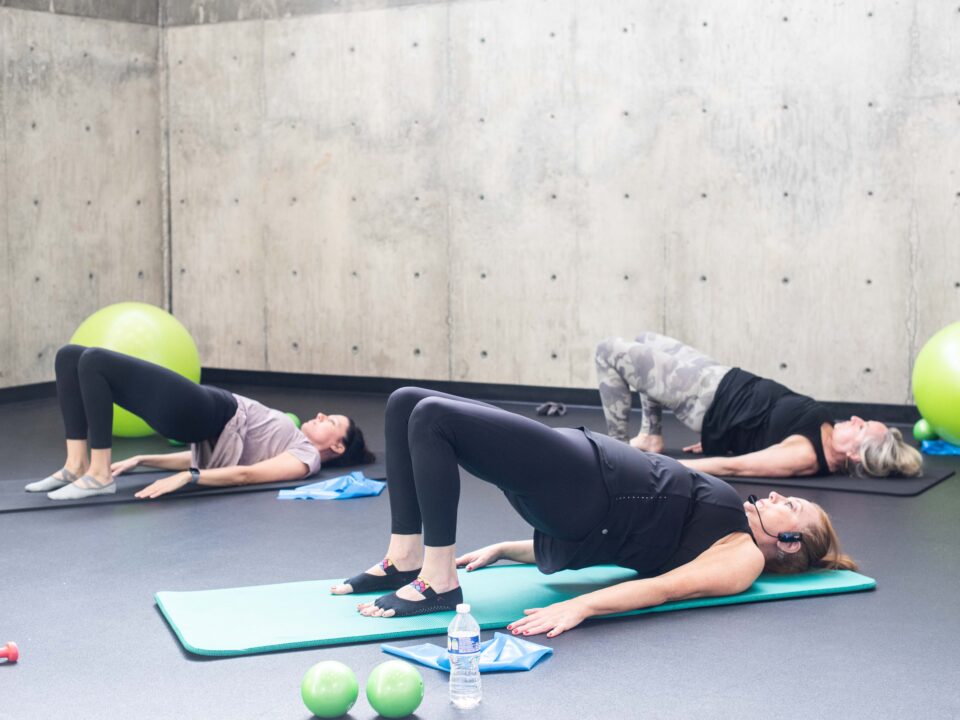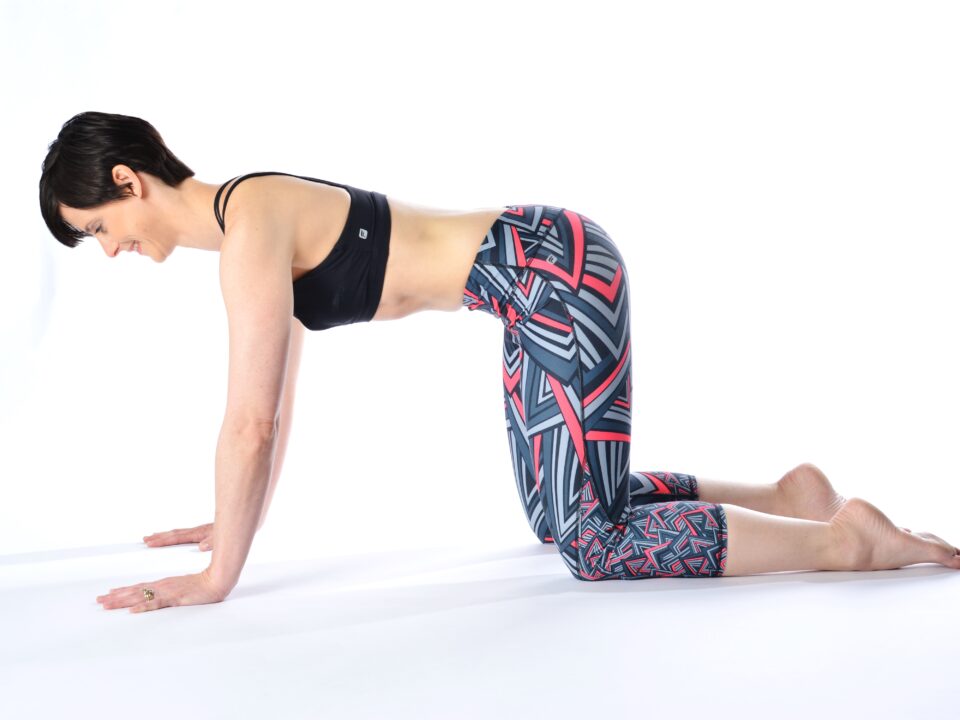- Mon - Fri
7.30 AM – 5.30 PM
Other hours upon request - 770-487-1931
Lateral Breathing

The Pilates method utilizes specific breathing patterns called lateral breathing. In this article, you’ll learn what lateral breathing is, how it is used in Pilates, and tips on gaining the maximum benefits of lateral Pilates breathing.
What is lateral breathing?
Lateral breathing, or Pilates breathing, is a specific type of breathing used in Pilates that allows you to inhale fresh oxygen while simultaneously keeping your core muscles, especially the lower belly, engaged.
You’ll fill the ribcage with air instead of the belly to practice lateral breathing. When done correctly, your ribcage expands side to side or laterally. On the exhale, the ribcage zips tightly together while deepening the core and engaging the pelvic floor muscles.
Most of us send a lot of oxygen into our bellies daily. Learning to fill and expel the ribcage fully with oxygen strengthens our lung capacity and increases our thoracic mobility. This, in turn, may positively affect our overall respiratory wellness.
How to control breathing
Controlled breathing begins in the mind, intending to focus on your breathing. Second, deep breathing is vital for controlled breathing. Our breathing is typically short and shallow when feeling anxious, scared, or stressed.
Lastly, in Pilates, pairing a movement with an intentional breathing pattern can help control it. For example, the Hundred has a specific breathing pattern that mirrors the movement. Your arms pump up and down with each count; five counts inhale, and five counts exhale. Breathing in sync with your arms helps to control and extend the breath.
What is Pilates breathing?
The founder of the Pilates method, Joseph Pilates, said about breathing, “To breathe correctly, you must completely inhale and exhale, always trying very hard to ‘squeeze’ every atom of impure air from your lungs in much the same manner that you would wring every drop of water from a wet cloth.”
Pilates breathing is one of the method’s six principles, making it an essential focus of your practice. Breathing should be deep and intentional, with inhaling through the nose and exhaling fully through the mouth. For the core muscles to stay engaged throughout your workout, breathing is done primarily through the ribcage rather than the lower belly. This is known as lateral breathing, where the ribcage expands side to side on the inhale and pulls tightly back together on the inhale.
Tips for Pilates lateral breathing
- Stay mentally focused on your breathing and core muscles. Remove any distractions while first learning how to practice lateral breathing.
- Sit or lay down comfortably and place your hands on the outside of your ribcage. Inhale and imagine sending your breath into your hands. On the exhale, imagine your ribcage hugging your spine.
- If holding your ribcage is difficult, wrap an elastic fitness band around it and hold it with both hands. Imagine stretching the band side to side as you breathe into your ribcage.
- Maintain a scoop in the transverse abdominals, or lower belly, to maintain core stability.
- Avoid lifting your shoulders and tensing the neck.
The benefits of Pilates lateral breathing go beyond your Pilates class. To gain the full benefits of lateral breathing for your core stability and overall well-being, visit ProHealth Physical Therapy and Pilates. The fully equipped studio and highly trained staff are ready to help you get started today.




